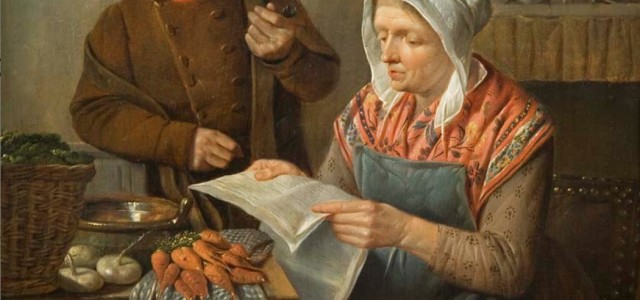Ever Think About Why Carrots Are Orange? Well, Here’s That Story

Here’s something you’ve probably never thought about before: why are carrots orange? Turns out the veggies didn’t get their characteristic hue because of any accident of nature. Instead, we humans intentionally bred orange carrots—because of history.
Eaten by humans for millennia, carrots originally came from the Middle East and were introduced to Europe during the Middle Ages. For most of their history as food, they came in two varieties: white and purple.
The familiar orange color only appeared in the 17th century, which is not that long ago in the grand scheme of things. Why orange? It was (for obvious reasons) the favorite color of the family that ruled the Netherlands, the Orange-Nassau dynasty, and in particular of William I, Prince of Orange.

During William’s rule, the mostly-Protestant Netherlands had, though a convoluted inheritance scheme of the incestuous European monarchy, become the property of the Catholic king Philip II of Spain. After two decades of persecution, the Dutch Protestants decided they’d had enough. Their lengthy but ultimately successful revolt, which William sanctioned and later led, became known as the Eighty Years’ War (1568-1648).
The descendants of the orange carrots that were bred in support of the House of Orange-Nassau—and, by proxy, Dutch independence from Spain—were later taken to England and eventually to the New World.
So how does cross-breeding a white and a purple carrot make an orange one? The photograph below shows the full spectrum available today, and how the orange carrots fit neatly between the two original colors.

Recently, purple and white carrots have made a comeback as foodies have gotten into “heirloom” vegetable varieties.






















